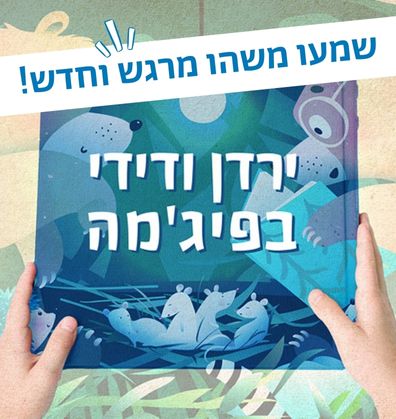כִּשּׁוּרֵי חַיִּים
סובלנות
ספרים אשר עוסקים בסובלנות יכולים להוות השראה ופתח לשיחה על המפגש עם מי ששונים מאתנו בדעותיהם, אמונותיהם או במנהגים שלהם. הספרים שלפניכם מעודדים את מציאת המשותף, ומסייעים בפיתוח היכולת לקבל ולכבד את האחר כשווה לנו, גם אם אינו דומה לנו.
סְּפָרִים
Book-Related Family Activities
Tip for Family Reading
Books featuring characters who are imperfect and make mistakes generate empathy, and enable a discussion on subjects that are not easy to directly address. Use this book to spark a discussion and ask questions about the characters’ actions and feelings to encourage your children to express their own inner thoughts and feelings.
Asking for Forgiveness
You may want to ask your children: “What did you think about what Chico said to Pilchas?” “Which situations may lead to a hurtful exchange?”. You can also discuss similar situations they had to deal with, and ask: “Have you ever said something you later regretted?”, “Did you say you were sorry?” “How did you feel afterwards?”
Watch & Learn!
What is the speed of sound that the rabbit was trying to achieve? This Davidson Institute of Science video will teach you all about it using a fun experiment with a sound pipe.
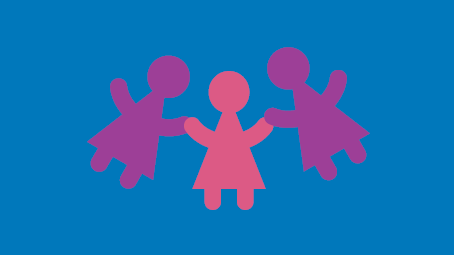
There are many ways to say I’m sorry
You can help Chico ask for Pilchas’ forgiveness in various ways – a letter, drawing, poem, or dance. “Helping” Chico will enable children to develop their own forgiveness-asking skills, and help fix situations even when they seem too hard.
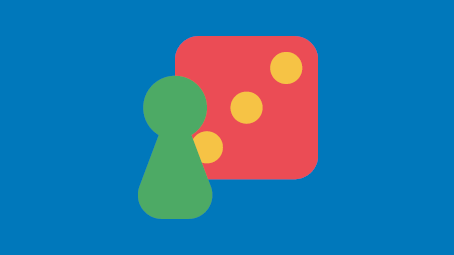
Becoming Marksmen
You can be inspired by this book to have your own marksmanship competition. You can make a bow and arrow using sticks and elastic bands, or take turns shooting balls into a bucket. Don’t forget to decide which of the forest animals you are!
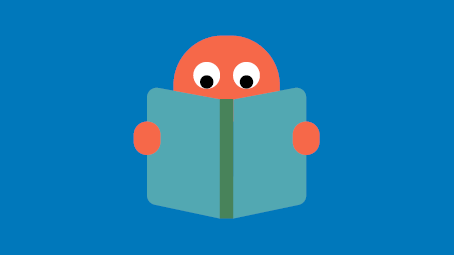
Family reading advice
Books can help to prepare for a special occasion or collect memories from a recent event. For example, before a holiday, you can choose a book that speaks about it and discuss: Which events did you plan for the holiday? How can both parents and children prepare for it? In preparation for Purim, you can make a costume or mishloach manot together, and after the holiday, you can read the book again to help you remember the beautiful moments you have just experienced together.

The costume game
Walk around the house and pick an item: a spoon, a plant, a ball or… a rug. Take turns describing a costume that includes the chosen item: Is the rug part of a rug seller’s costume? Or is it a flying carpet? Is the ball part of an athlete costume? Or a clown’s nose?

תחפושות ופורים
This book provides an opportunity to share Purim memories: Do you like dressing up, and if so, do you only do so on Purim? Did you, parents, enjoy dressing up while you were growing up? Which costume brings back good memories? You can find out who likes to dress up and who prefers not to, look at photos from the past and be reminded of special Purim moments.

What it means to be different
We are all different in some way. Scan the QR code to meet Uffnik and friends for a discussion on the word “different”.

Illustrated costumes
Where in the book can you find an astronaut’s costume? And what about a Queen Esther, firefighters, police officers or Albert Einstein? You can look for the costumes in the illustrations. Which one is your favorite?
Who was Albert Einstein?
Albert Einstein [1879-1955] was a Jewish German scientist. The relativity theory he developed and other studies he conducted made a big impact on the world of science and on how the laws of nature, time and the universe are perceived. Einstein had a sense of humor and imagination, promoted peace and fraternity, and loved corresponding with children from all over the world. Einstein supported the establishment of the Hebrew University in Jerusalem, and the State of Israel in general.
A tip for family reading
You can find something to like in every book: The drama, the characters, or maybe the illustrations or interesting words. After reading the book, try asking the children what they liked about the story, and share what you, the parents, enjoyed. You can even tell each other which books you especially like and why.

Friends and us
Peetz and Morchella are spending time together. She’s growing vegetables and he’s nurturing them. In the meantime, they are chatting, singing, and simply enjoying their time together. You can ask the children what they like doing with friends. What do they do together? As parents, this is a good opportunity to reminisce with your children and share your experiences and memories with childhood friends.

Vegetables and drawings
Cabbage? Kohlrabi? – Thirteen types of edible vegetables appear in the book. Can you find them all? You may want to eat your favorite vegetables or try new vegetables.
Nice to meet you: the morchella
So, who are you, Morchella? If you scan the code, you’ll learn about the morchellas that sprout up in Israel each winter. Do you want to learn more? Go to the library together or surf the internet and look for information on morchellas and other mushrooms.
Growing vegetables
You can grow vegetables, even if you don’t have a plot of land. Try taking a cut carrot top, cloves of garlic, or the bottoms of lettuce or celery, and soak them in a transparent container with water. Wait patiently, add more water if needed, and little by little, you will see leaves and roots sprout. You can cut them off and eat them, or plant them in a flowerpot, and wait for new vegetables to grow. Don’t forget to water them!
A bit of advice when reading as a family
Toddlers like to be part of the story: Repeating words and sounds found in the book, or dramatizing the actions taken by the different characters. It is their way of identifying with the story, enriching their emotional worlds, and acquiring vocabulary and concepts. That is why, when reading together, you could “play” the trumpet, “beat” on a drum using your hands, and pretend you’re a choir conductor.
Playing music together
Almost any item can become a musical instrument: You could clap together to the rhythm of the song, or collect any instruments, rattles, and utensils you can find. A pot with spoons can be a drum, a used roll of paper towels can be a trumpet. You could even try to tap various materials to find out what kinds sounds tapping wood makes? And what about tapping the floor? Or metal? You may enjoy picking one of your favorite songs and playing it together.
A discussion on being together and apart
Gali and Gaya love doing stuff together, but also separately. You may want to discuss and discover what your toddlers like to do together with a sibling, friend or you, their parents, and what they prefer doing on their own.
Gali and Gaya come visit
Would you like to play with Gali and Gaya, and dramatize the story? Please scan the QR code, print out two adorable ducks, cut them out, and act the story out with them…!
Follow me! A motion game
Like Gali and Gaya, you too could walk together. How about making a trail at home, and marking it with a piece of rope or various items. Next, walk along it in single file, one behind the other, or perhaps together, side by side. You can also take turns being in the lead and exclaiming: “Follow me!”
Animals & illustrations
A sheep, frog or butterfly? You may enjoy looking at the illustrations in this book together, and discovering the various animals. You could make the sound that each oft them makes, or move like them: Flying like a butterfly, buzzing like a bee, or… What else?
A discussion on our house
All houses consist of walls, a roof, doors and windows: What’s special about your house? What makes it your home? You may want to discuss special objects and items found in your home, or the things you do there together.
A video – House of boxes
What can you do in a house made of boxes? Scan to QR code to get ideas for a house that’s both real and imaginary.
Arts & crafts – Home building
How about making a house out of blankets, cardboard boxes, sticks and clothespins? And what else would you need? Decide on a location and workplan, gather the necessary items and accessories, and off you go!
A game of house catch
Take turns announcing a topic and having all the other players try to work together to find a suitable item. For instance, when “red” is announced, all players must search the house for a red item. In the next round, another player might call out “big”, “small”, “cute”, “old”, “multicolored”, “annoying” or “wheel”, sending the other players to look for an item matching their announced topic.
פינטרסט
Pinterest
Arts & crafts, songs and other activities are available on the Sifriyat Pijama Pinterest
A game of “Find me!”
The main characters in this book are a hedgehog, rabbit and mouse. But other animals also appear in the illustrations –
Can you find them?
How many animals have you found?
“Did you find me in the illustrations?”
Illustrations tell a story
The illustrations in this book demonstrate how Itamar and the rabbit imagined one another versus what they really look like. You may want to check and compare: Do the monsters resemble the real child and rabbit? Are there any similarities between the monsters both Itamar and the rabbit had imagined?
Discussion
Were you, parents, also afraid when you were younger? Perhaps you could tell your children what you were afraid of, and how you grappled with your fear. You could also listen to your children as they tell you what scares them, and together, think of ways to overcome the fear.
Pleased to meet you: Monster
What does a scary monster look like? How about drawing one together, and then trying to imagine: What is the monster’s name? Who are its friends? What does it enjoy doing, and what is it afraid of? Now that you’ve gotten to know the monster, it may be worth asking yourselves whether it is still as scary as it was before.
A family magic word
“Jimalaya Jim! Zuzu buzu Yam Pam Puzu!” Each of the characters in this book has a magic word it uses when something scary happens. What is your magic word? You’re welcome to chose a family magic word together, and think of times when it would be appropriate to use it.
Discussion
Have you ever wanted to do something and had someone interrupt you? how did it make you feel? What did you do and say? This book offers the opportunity to discuss these kinds of situations, as well as some good-spirited solutions.
A home response die
Someone snatched something from me, took something I wanted, interrupted me, bothered me – what do I do? You could think of positive responses together, like using the word “please”, or explaining what bothered you. How about making a paper die and writing all kinds of positive responses on each side, perhaps adding an illustration that depicts the written text? That way, whenever you come up against a problem, you could always throw the die and see what it suggests that you do in response.
A game – Which animal?
Various animals appear in this book: Which one meows? Which one lays eggs? And which one lives in the shed? Let’s find out! One of the players picks an animal, and the rest of the family has to guess which animal they picked by posing questions, and getting hints, such as “the animal I picked meows”, “the animal I picked lives in a pen”. Keep adding more clues until your family has guessed which animal was chosen.
Ladies and Gentlemen – The show!
You could act the story out using clothes, hats, accessories, or stuffed animals. You could make the sounds made by the animals, show how each one responds upon encountering the elephant, or be the elephant sleeping on the path.
Reading the illustrations
Randomly open the book and look at the illustrations together:
Which character is similar to you? Which character are you different than?
What makes you similar to or different than the character you have chosen?
Which is your favorite character in the book?
Note – these questions may be asked every time the book is read. There are days, for example, when we prefer to be alone, whereas on others we choose to spend time together.
Playing – What can we see in the mirror?
The mirror game presents an opportunity to look at one another as well as ourselves, notice similarities and differences, and laugh.
Instructions:
Sit in front of the mirror with your child, look at each other, and find similarities and differences between you:
Are your eyebrows arched the same way as your child’s?
Do you both have freckles? Or curly hair?
Pulling Faces – one of you could pull a funny face, while the other tries to mimic it. Were you able to make each other laugh? Was it the same funny face that made you both laugh, or different ones?
Doing some arts & crafts – Similar but different
You could make a family picture together, and add your similarities and differences to it:
Take photographs of yourselves together or separately. If you prefer, you could draw self-portraits instead of taking pictures. Print the photos out, paste them on some cardboard, and paint them. Add drawings or newspaper scraps to your pictures with details representing the similarities and differences between you. Do you enjoy playing the same games? How about adding it, then? You could add the different games that each of you like to play. Perhaps one of you prefers quiet, while the other prefers noise. Are you fast or slow? Do you find the same jokes funny? What else would you add to your family photo?
Moving similarly – Moving differently
Would you like to be active? Here are some suggestions for physical exercises that consist of both similar and different movements.
In each round, one of your family members moves their body: eaves their hand, jumps, turns around, or touches their ears.
The person next to them then moves too: if they like the gesture made by the previous participant, they can move in a similar way. If not, they can choose a different movement they like better.
What did you enjoy? Repeating the same movement, or choosing your own?
Scan this code to download a family game we have prepared especially for you.
Proposed Family Activities:
- You may want to act out the story using puppets, and invite each character to explain how they ended up being friends.
- There are two illustrations of the house in the final pages of the book. You may want to ask your child if they can spot the difference between them. What’s been added to the second illustration?
- Is there a teacup, piece of furniture, or photograph that’s been in your family for a long time? Perhaps there is an interesting story associated with this item. If so, you may enjoy sharing it with your child.
- Your child may like to draw your home and loved ones. Together, you can make a frame for their drawing, and hang it up on the wall.
- Have new neighbors come to your neighborhood recently? Perhaps you know new Olim who have arrived in Israel not too long ago? You may want to make a greeting card for them in the spirit of this book, and print the word “welcome!” on it.
- Where does your family originate from? Perhaps you could open an atlas, and show your child the journey made by your family on their way to Israel. You may want to tell your child about your own childhood home, and show them photographs of homes in which you have lived over the years.
Proposed Family Activities:
- Have you noticed how the illustrator chose to depict the cat and rabbit as children in disguise? Does your child also like to play dress-up? You may want to put on some ears and tails and take a trip together.
- You may enjoy looking for the pages on which the cat and rabbit eat. What sounds do they make while eating? Try to listen to the sounds we make when we drink from a straw, have an ice-cream, or eat a crunchy apple.
- Perhaps you could act this story out using rabbit and cat puppets. You can use leftover fabrics or old socks to make your own.
- Do all of your family members like eating the same food? Which of you drink from a bottle, and which of you have hot coffee in a mug? You may want to suggest that your child try out new dishes every once in a while. Did they like them? Remember, there is no accounting for taste.
- You may enjoy inviting a new friend home, and finding an activity to do together that will make both friends happy: taking a walk, drawing, building something, or reading this book.
Proposed Family Activities:
- Perhaps you would enjoy taking a look at the illustrations together: can your child name all the shapes on every page? While reading the story, you may want to pay attention to the shapes’ facial expressions. When are they happy? And what makes them smile?
- You may enjoy using some colored paper to cut out shapes, or playing with a ready-made game of shapes. Together, you could invent other combinations of shapes, and create more things.
- Perhaps you would enjoy going on a search, and discovering the shapes that are hidden in books, toys, and various rooms of your home, such as the square floor tiles of your living room, or the round holes in your sieve.
- You may want to play with building blocks, and use the different shapes to create various artistic structures together. For although it is sometimes nice to be alone, it is so good and pleasant to play together!
- Does your child know the song Hinneh ma tov uma naim (“Behold, how good and how pleasant…”)? Perhaps you would enjoy singing it and dancing together.
- On the final page of the book, the shapes create a windmill together. Has your child ever seen a windmill? You may want to make a paper pinwheel, blow on it, and see how the rush of air moves its wings, just like a windmill.
Proposed Family Activities:
- You may enjoy looking at the amusing illustrations together: does the cat really seem not to be nice? Is something bothering it? When is it happy and content? Look through the book and make up new stories about the illustrated cats.
- Which pets do you prefer, cats or dogs? Perhaps you like both. Do you think the author of this book likes cats? Now that he has shared his positive judgement of them with his readers, do you think he likes them more?
- Perhaps you could go for a cat walk in the neighborhood together. Every time you come across a cat, try to guess how it feels, and make up a story about it. When you return, you could ask your child to make an illustrated book entitled Why our Neighborhood Cats are Nice.
- You may enjoy playing the “kind eye” game together: take turns throwing a ball of yarn to each other. Whoever catches the ball has to say something kind – a good quality or kind gesture – about the one who threw it. Try passing the ball around as many times as possible, until the room is filled with positive judgment, compliments, and love.
- How can we be nice to cats? Perhaps you could take an empty crate, line it with old fabric, and create a shelter from the sun and rain for stray cats.
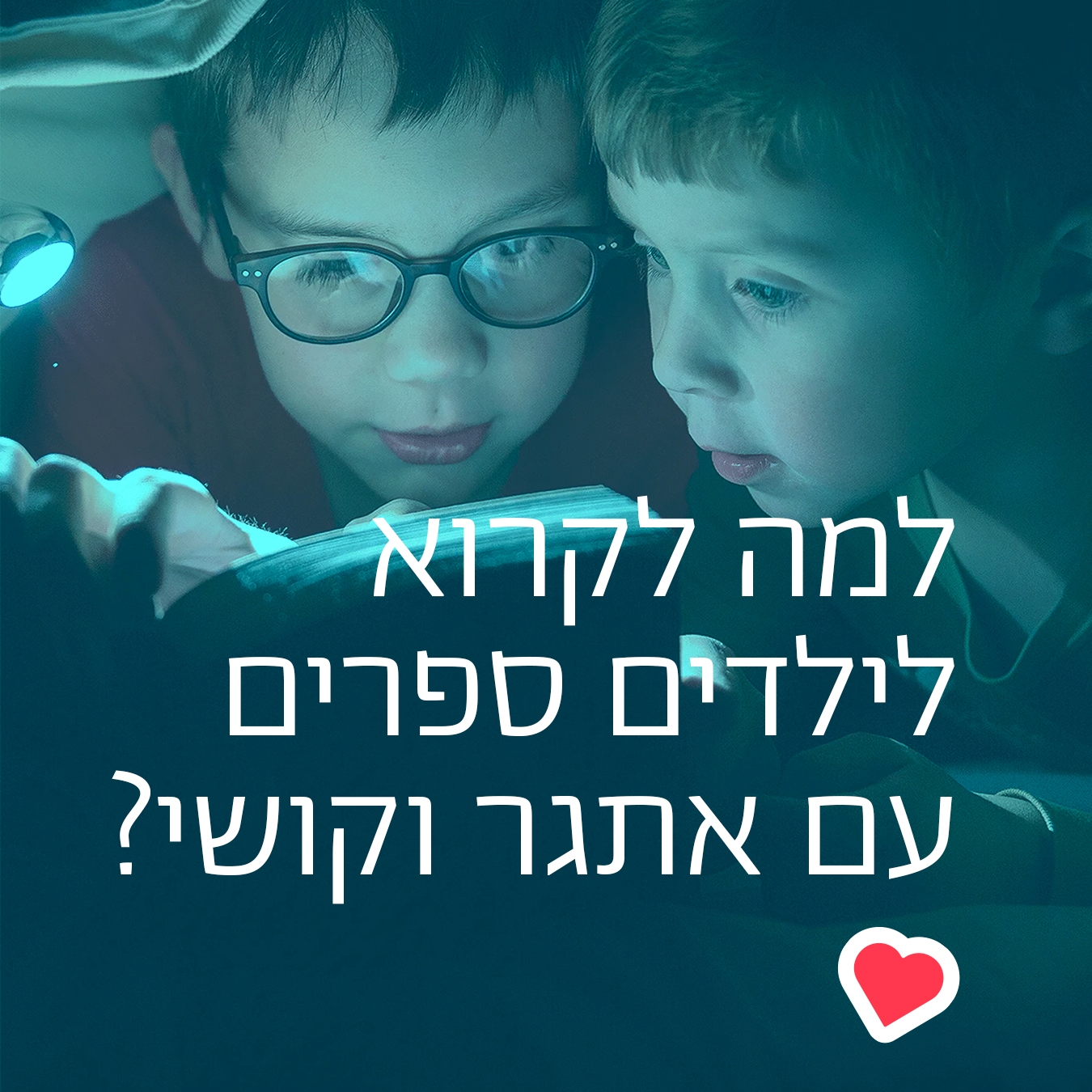
Suggested Family Activities
- It all began with a misunderstanding and hurt feelings, and then “Now you’ll see what’s going to happen!” After reading the story together you may discuss intentions and misunderstandings among friends, and share experiences with one another.
- Like Kramer the cat, we all feel big at times and small at other times. You can ask your children when they feel big and when they feel small, and talk about the advantages and disadvantages of each.
- “Scratches, bites, jumps and somersaults” – that’s how the author Meir Shalev describes cat games. You can flip through the book, select one of the animals and act out that animal’s movements.
- Kramer is very fearful of the large animals he meets in the forest. This can be an opportunity to discuss with your children caution and safety rules, fears, and ways to overcome fear.
- Kramer’s friends teach him an important lesson in friendship: A good friend is one who knows how to forgive and to apologize. You can look for the illustration where Kramer’s friends meet him in the forest, and note the expressions on their faces.
- Yossi Abulafia’s rich illustrations depict an array of animals – some domestic, others wild. You can look at the illustrations with your child and see how many of the animals you recognize. Does your child know all the animals’ names? Which of them can be found near your house? You can go for a hike. Which animals, large and small, do you meet on the way?
- You can act out the story using stuffed animals and toys. Allow your children to select the dolls to represent Kramer, his friends from the garden and the forest animals. The animals can be happy, be afraid, play together and quarrel – and, in the end, make amends and apologize.
- After reading the book together you can look at the picture of Kramer sleeping in his bed, choose a doll or stuffed animal and guide it to sleep by reading a “Sifriyat Pijama”
bedtime story.
Family Activities
- Look through the book together and examine the unusual illustrations that accompany the text. Notice the various perspectives the illustrator used in creating these pictures. Which pictures show the action from above—and which from the side? Talk with your children and ask them why they think the illustrator chose to portray the events on the bridge as she did.
- Sometimes, before we arrive at a good idea, we first have to try (and discard) some not-so-good ideas. Together with your children, go back over the various solutions which the bear and the giant proposed in the story. What are the upsides and downsides of each idea?
- Every child has experienced the clash of wills. Sometimes one family member wants to play music while the other wants quiet, or one wants to read in bed while the other wants to turn out the light and go to sleep. Or a child might be deep in a game when her parents inform her that it’s time to leave the house. … After reading the story with your children, talk about how all of us have differing desires at times, and recall any creative resolutions you and your family may have reached.
- Do you know the song, “The Whole World is One Narrow Bridge”? You can sing it with your children.
- Look around your neighborhood for a low wall, or a playground with ropes, slides, and ladders, and try (carefully!) to cross them at the same time from opposite sides. Do you, too, find yourselves forced to “dance” while hugging each other, just like in the story?
- After reading the story, you could start investigating the different kinds of bridges where you live. You could also build toy bridgesout of blocks, Legos, or other construction toys. Once your bridge is complete, you can use it to stage a little play based on the story, using dolls or Lego characters.
- Do you know other stories that feature a bridge? You can look at home, at your children’s kindergarten, or at your local library for more books and stories about bridges, including “The Bridge” by ShlomoAbass, “The Treasure” by Uri Shulevitz, and many more, and read them with your children.
מבשלים פנקייקים עם רות סירקיס!
צפו במתכון המיוחד לפסח של רות סירקיס לפנקייקים! מתאים לכל ימי השנה!
Family Activities
The story of the three butterflies was first published in 1938, and has since accompanied many generations of Israeli children. Do you know of an earlier version of the book containing other illustrations? You may want to take a look together at Orit Bergman’s illustrations. Have you noticed that the butterflies’ wings are multicolored? You may like to consider why the illustrator chose to paint the butterflies this way.
The three butterflies look out for one another and refuse to be separated. You may want to discuss friendship and mutual obligation together, be it between friends or family members. Perhaps you’d like to share stories about your friends and your child’s, and the things you enjoy doing together. Following the story, you might want to ask your child if they or their friend had ever been prevented from joining in a game, how that made them feel and what they did in response.
The flowers are only willing to allow those who are of a similar color in. You may want to compare the illustrations of the flowers to those of the butterflies. What similarities and differences can you find between them? You may like to ask your child what they think of the flowers’ behavior.
You may also want to act the story out as a family by dressing up in the colors of the flowers and butterflies. You could also create a puppet theater, with characters for the butterflies and flowers, using popsicle sticks and cellophane.
You might enjoy going outside and looking for butterflies and flowers! Just like in the story, flowers and butterflies in nature differ from one another, each having their own particular color and shape. Have you come across a tulip or lily? How many types of butterflies have you found, and what color were they? Do you happen to know the name of any butterfly? Perhaps you’d like to mimic the way butterflies move, and invent the Butterfly Dance together.
Levin Kipnis wrote hundreds of well-loved children’s poems and stories that form an integral part of Israeli culture. You may wish to look for them at home, in kindergarten, or at the library, and read them together.
Levin Kipnis
Levin Kipnis was one of Hebrew children’s literature’s founding fathers. He wrote and translated many literary pieces for children, and also set up and managed the first children’s theater in Israel. In addition, Kipnis edited numerous journals, anthologies and text books.
He was born in the Ukraine in 1894 and immigrated to what would later become the State of Israel in 1913. He felt there were not enough holiday songs and stories in Hebrew suitable for young children, and proceeded to collaborate with generations of kindergarten teachers in Israel, compiling preschool curricula and authoring hundreds of children’s stories and poems. Among his songs for the Jewish Holidays are: Svivon Sov Sov Sov (“Spin Spin Spin, Dreidel”) for Hanukkah, Ani Purim (“I am Purim”) for Purim, and Saleinu Al Ktefeinu (“Our Baskets are upon our Shoulders”) for Shavuot. His literary pieces contain messages of helping and consideration of others, such as in the famous Eliezer Vehagezer (“Eliezer and the Carrot”), Hamitriya Hagdola shel Abba (“Daddy’s Big Umbrella”), and… Shloshet Haparparim (“The Three Butterflies”).
Levin Kipnis was a particularly prolific author, and won many awards, including the Israel Prize in 1978, and the Hans Christian Andersen Award in 1988. He passed away in 1990.

Activities to Do Together at Home:
- Notice the things Matan and Noah like to do together before they quarrel. Ask your children what they like to do with their friends, and when do they help one another?
- Examine Matan’s and Noah’s facial expressions in the illustrations. When do they look happy? When do they look sad, or angry?
- If Matan and Noah were friends of yours, what would you suggest that they do to prevent the quarrel from occurring, or to make up afterwards?
- Ask your children if anyone has ever helped them to make up with a friend after a quarrel. How would you want to be helped to make up after a quarrel? You could create a little book –write your own story and illustrate it together.
- You could brainstorm together and come up with an ad or slogan that promotes peace between people. Create a poster featuring your ad or slogan and hang it up in your home.
- The bridge that Elijah the carpenter built was made of boards and nails. Ask your children what bridges they know, and what are they made of? You could also build a bridge out of popsicle sticks or Lego blocks. After you finish building the bridge, you could use it to stage a play about the story, using dolls or Lego figures.
- Do you know the song, “The whole world is one narrow bridge”? If you do, you can sing it together with your children.

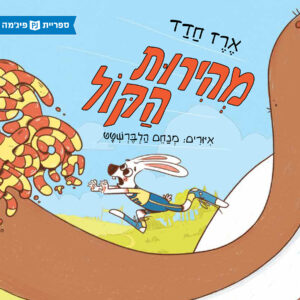 The Speed of Sound
The Speed of Sound 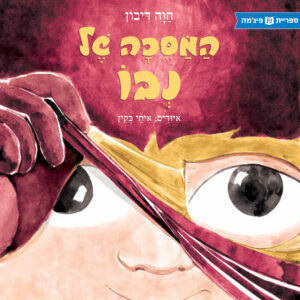 Nevo’s Mask
Nevo’s Mask 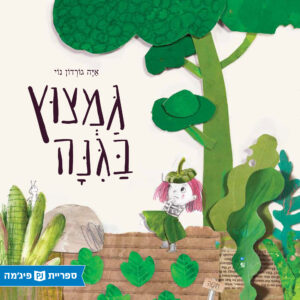 Morchella in the Garden
Morchella in the Garden 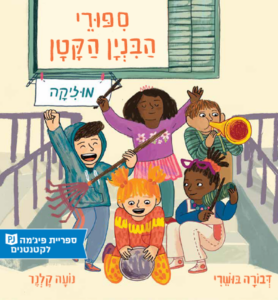 Music
Music 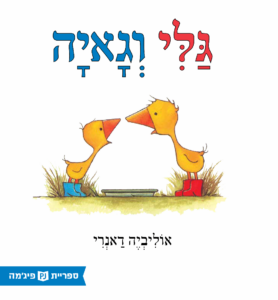 Gali & Gaya (Originally: Gossie & Gertie)
Gali & Gaya (Originally: Gossie & Gertie) 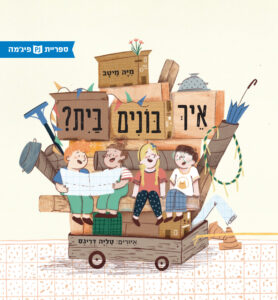 How to Build a House
How to Build a House 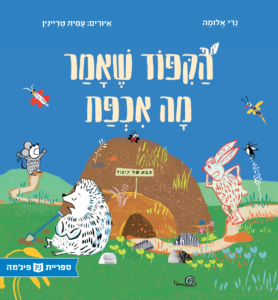 The Hedgehog Who Said: Who Cares?
The Hedgehog Who Said: Who Cares? 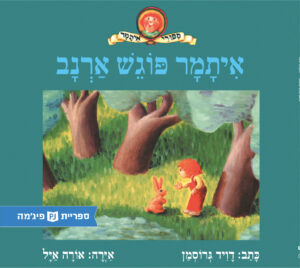 Itamar Meets a Rabbit
Itamar Meets a Rabbit 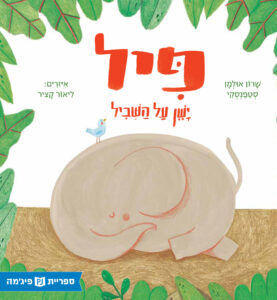 Elephant on the Path
Elephant on the Path 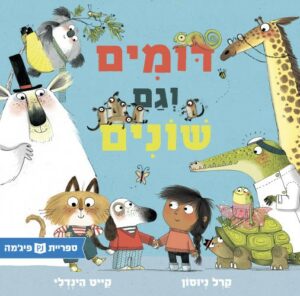 The Same but Different
The Same but Different 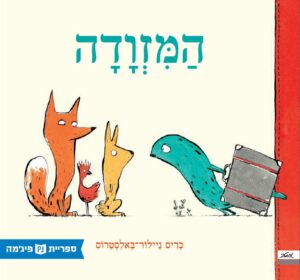 The Suitcase
The Suitcase  A Rabbit and a Cat are going on a Trip
A Rabbit and a Cat are going on a Trip 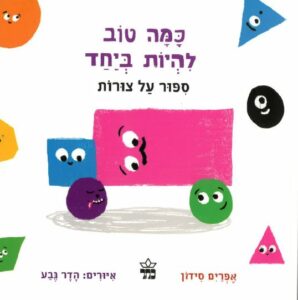 Friendly Shapes
Friendly Shapes 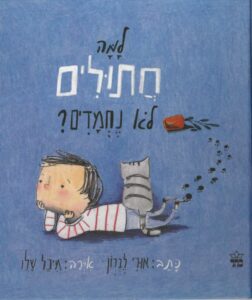 Why aren’t Cats Nice?
Why aren’t Cats Nice? 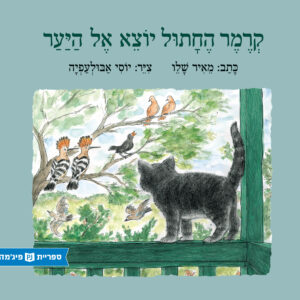 Kramer the Cat Goes into the Forest
Kramer the Cat Goes into the Forest 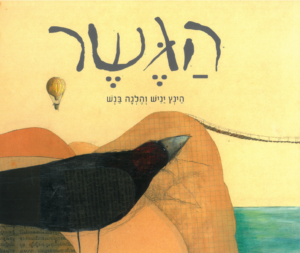 The Bridge
The Bridge 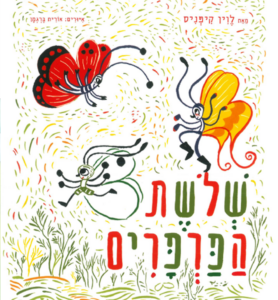 The Three Butterflies
The Three Butterflies 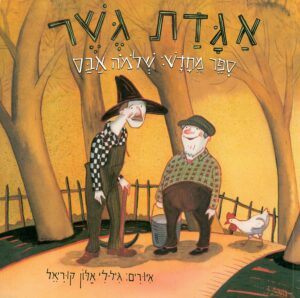 The Bridge Tale
The Bridge Tale 






